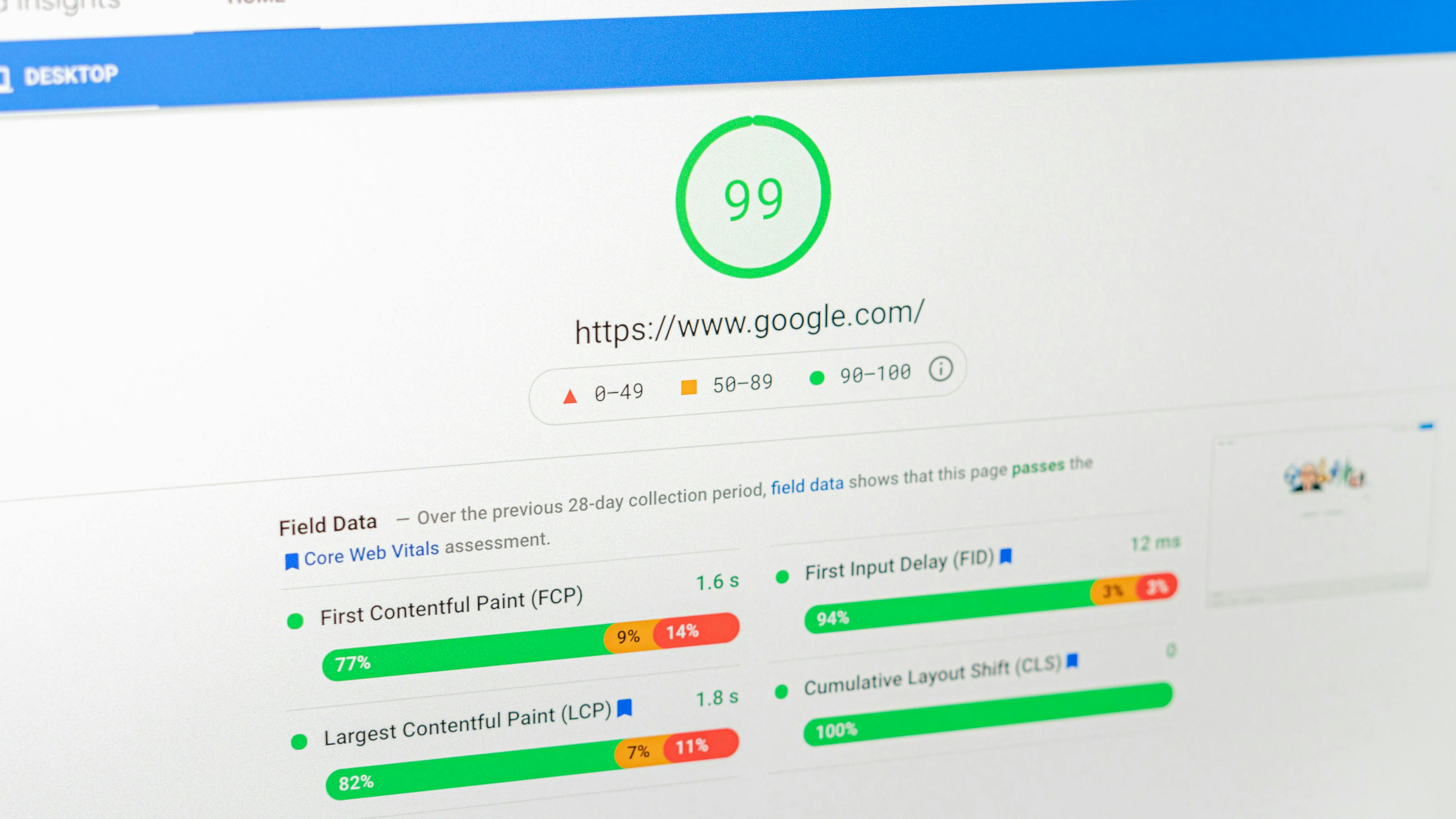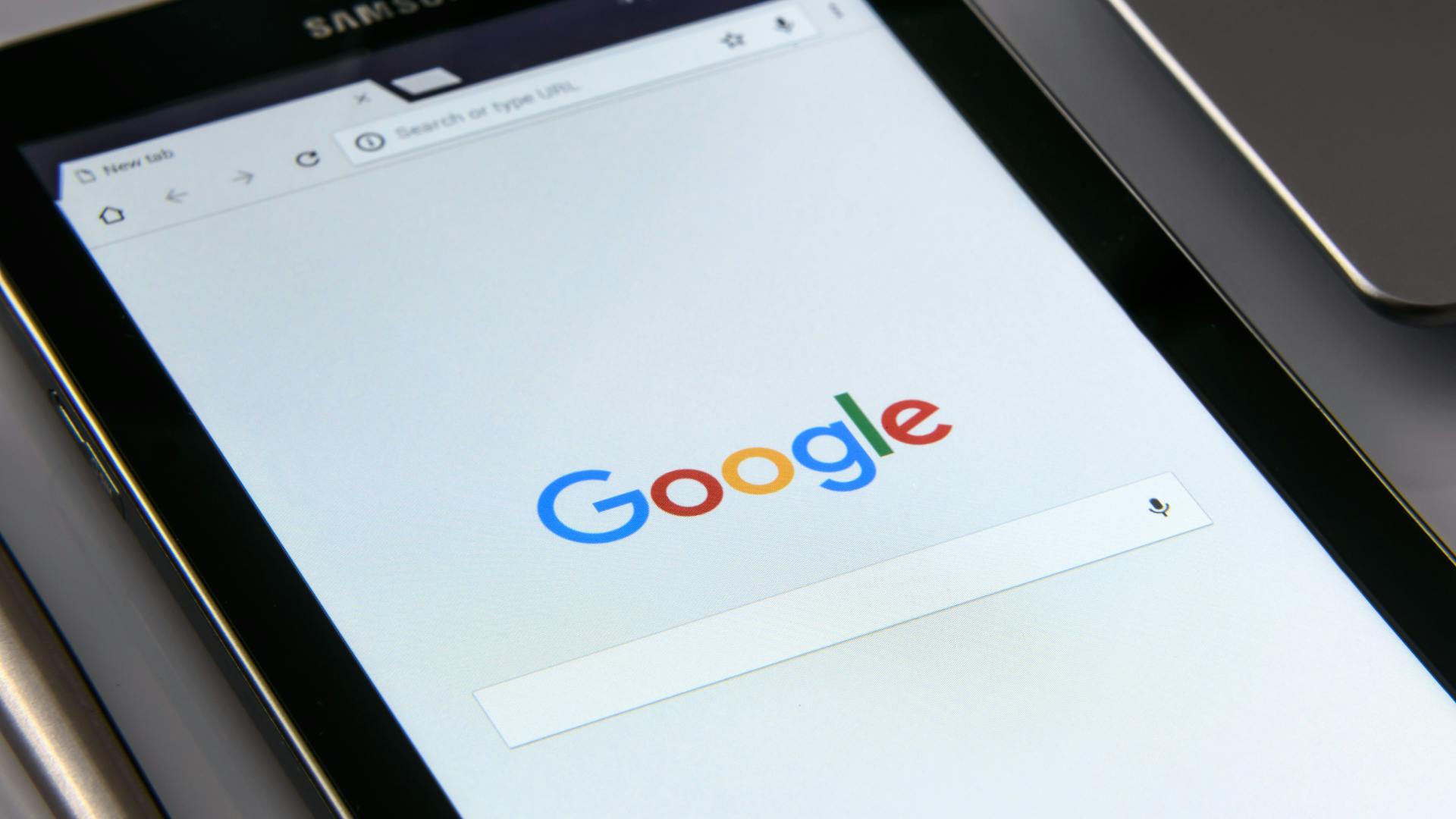What is Ad Fatigue?

Consumers encounter thousands of advertisements daily across multiple platforms and devices. While this presents unprecedented opportunities for brands to connect with their audiences, it also creates a significant challenge: ad fatigue. This phenomenon can silently devastate your advertising campaigns, eroding ROI and damaging brand perception without warning.
Understanding and combating ad fatigue isn't just about maintaining campaign performance, it's about respecting your audience's attention and building sustainable long-term relationships with potential customers. In this comprehensive guide, we'll explore everything you need to know about recognizing, measuring, and preventing ad fatigue to keep your campaigns fresh and effective.
What is Ad Fatigue?
Ad fatigue occurs when your target audience becomes overexposed to the same advertisement, causing them to lose interest, ignore the content, or even develop negative feelings toward your brand. The ad fatigue definition encompasses the gradual decline in campaign effectiveness that results from repetitive exposure to identical or similar advertising content.
Think of it as the digital equivalent of hearing your favorite song played repeatedly on the radio, no matter how much you initially loved it, constant repetition eventually makes you want to change the station. In advertising, this translates to decreased engagement, higher costs, and diminishing returns on your marketing investment.
Ad fatigue affects all forms of digital advertising, from Facebook ads and display campaigns, to programmatic advertising across various platforms. It's particularly prevalent in retargeting campaigns, where the same users are repeatedly shown similar ads based on their previous interactions with your website or content.
The phenomenon isn't limited to creative elements alone. Ad fatigue can result from overexposure to the same messaging, visual elements, call-to-action buttons, or even ad placement strategies. When audiences become too familiar with your advertising approach, they develop what researchers call "banner blindness" - the tendency to unconsciously ignore advertisements, even when they might be relevant or interesting.
Understanding this concept is crucial because ad fatigue doesn't just impact individual campaigns; it can affect your overall brand perception and long-term customer acquisition efforts.
How to Recognize Ad Fatigue Signs and Symptoms
Identifying ad fatigue early is critical to maintaining campaign effectiveness and protecting your advertising budget. The signs often appear gradually, making them easy to overlook until significant damage has been done to your campaign performance.
Declining Click-Through Rates (CTR)
The most obvious indicator of ad fatigue is a steady decline in click-through rates. When audiences become bored with your creative content, they're less likely to engage with your ads, resulting in lower CTR over time. Monitor your CTR trends closely, as even small decreases can signal the beginning of ad fatigue.
Increased Cost Per Action
As engagement decreases, your cost per click (CPC), cost per acquisition (CPA), and other performance metrics typically increase. Advertising platforms interpret low engagement as poor ad quality, resulting in higher costs to achieve the same results. If you notice your costs creeping upward without corresponding improvements in targeting or bidding strategy, ad fatigue may be the culprit.
Frequency Metrics
High frequency rates, the average number of times a unique user sees your ad, often precede ad fatigue symptoms. While there's no universal threshold, frequencies above 5-7 impressions per user typically warrant attention. Different platforms and industries have varying tolerance levels, but consistently high frequencies should trigger a review of your campaign strategy.
Engagement Decline
Beyond CTR, other engagement metrics provide valuable insights into ad fatigue. Look for decreases in social media interactions, video completion rates, or time spent engaging with your content. These metrics often decline before more obvious performance indicators, making them valuable early warning systems.
Audience Feedback
Monitor comments, reviews, and social media mentions for signs that audiences are growing tired of your advertising. Negative feedback about seeing your ads "everywhere" or complaints about repetitive messaging can indicate ad fatigue before it shows up in performance metrics.
The Impact of Ad Fatigue on ROI and Performance
Ad fatigue statistics reveal the serious financial implications of this phenomenon. Research indicates that campaigns experiencing ad fatigue can see performance declines of 20-50% while costs increase by similar margins. Understanding these impacts helps justify the resources needed for prevention and remediation.
Direct Financial Consequences
When ad fatigue sets in, you're essentially paying more money for worse results. Your advertising budget gets stretched across more impressions needed to achieve the same number of conversions, directly impacting your return on ad spend (ROAS). Companies often find themselves trapped in a cycle of increasing spending to maintain performance levels, without addressing the underlying fatigue issue.
Brand Perception Damage
Perhaps more concerning than immediate financial impacts is the potential damage to brand perception. Audiences who become annoyed by overexposure to your ads may develop negative associations with your brand, affecting not just immediate campaign performance but long-term customer relationships and brand equity.
Competitive Disadvantage
Ad fatigue can create opportunities for competitors who maintain fresh, engaging creative content. When your campaigns lose effectiveness, competitors with better creative rotation strategies can capture market share at lower costs, making it harder for you to regain your position even after addressing fatigue issues.
Algorithm Penalties
Digital advertising platforms use engagement metrics to determine ad quality and placement. Poor performance due to ad fatigue can result in algorithmic penalties that persist even after you refresh your creative content, requiring time and additional investment to restore optimal campaign performance.
How to Prevent and Combat Ad Fatigue
Fighting ad fatigue requires a proactive approach that combines strategic planning, continuous monitoring, and agile execution. The most effective prevention strategies focus on maintaining variety while preserving brand consistency and messaging clarity.
Diversify Your Creative Portfolio
Develop multiple versions of your ads that convey the same core message through different creative approaches and perform A/B tests. This might include varying visual elements, headlines, body copy, or calls-to-action while maintaining consistent brand identity. Having a robust creative portfolio allows you to rotate content before fatigue sets in.
Implement Strategic Timing
Consider the timing and pacing of your ad delivery. Instead of running campaigns continuously, experiment with pulsing strategies that give your audience breaks from your messaging. This approach can help maintain engagement while reducing the risk of overexposure.
Expand Your Messaging Strategy
While maintaining core brand messages, develop variations that emphasize different product benefits, use cases, or customer pain points. This approach keeps your advertising fresh while ensuring you're speaking to different aspects of your target audience's needs and interests.
Test Constantly
Regular A/B testing should be an integral part of your advertising strategy. Test different creative elements, messaging approaches, and targeting strategies to identify what resonates best with your audience at different stages of their journey.
Creative Rotation and Ad Refresh Strategies
Effective creative rotation is both an art and a science, requiring careful balance between variety and consistency. The goal is to keep your advertising fresh without confusing your audience or diluting your brand message.
Establish Rotation Schedules
Develop systematic approaches to creative rotation based on performance data and audience feedback. Some campaigns benefit from weekly rotations, while others can run longer before requiring updates. Base your schedule on performance metrics rather than arbitrary timeframes.
Vary Visual Elements
Change background colors, images, layouts, or design elements while maintaining brand consistency. Small visual changes can make ads feel fresh to audiences who have seen previous versions, extending the effective lifespan of your creative concepts.
Update Copy and Headlines
Refresh ad copy regularly while maintaining core messaging themes. Test different headlines, descriptions, and calls-to-action to identify which variations perform best with your audience. Even minor copy changes can significantly impact audience perception and engagement.
Seasonal and Contextual Updates
Align your creative content with seasonal trends, current events, or cultural moments relevant to your audience. This approach keeps your advertising timely and relevant while providing natural opportunities for creative refreshes.
Programmatic Ad Refresh Automation
In programmatic advertising, ad refresh strategies prevent fatigue at scale. Many demand-side platforms offer dynamic creative optimization that rotates ad elements based on performance data and user behavior. These systems automatically swap images, headlines, or calls-to-action for specific audience segments, while programmatic refresh rules can pause creatives after reaching frequency thresholds or performance decline triggers.
Platform-Specific Adaptations
Different advertising platforms have varying tolerances for creative repetition. Facebook users might tire of creative content more quickly than users on professional networks like LinkedIn. Adapt your rotation strategies to match platform-specific audience behaviors and expectations.
Frequency Capping and Audience Management
Frequency capping is one of the most direct tools for preventing ad fatigue, but it requires careful calibration to balance reach and repetition effectively.
Setting Optimal Frequency Limits
Research suggests that optimal frequency caps vary significantly by industry, campaign objective, and audience type. Brand awareness campaigns might tolerate higher frequencies than direct response campaigns. Start with conservative frequency caps and adjust based on performance data.
Audience Expansion Strategies
When frequency caps limit your reach within existing audiences, consider expanding your targeting parameters. Lookalike audiences, interest-based targeting, or demographic expansion can provide fresh audiences for your existing creative content.
Dynamic Audience Segmentation
Segment your audiences based on engagement levels and exposure history. Show different creative variations to different segments, or adjust frequency caps based on how audiences have responded to previous campaigns.
Retargeting Refinement
Retargeting campaigns are particularly susceptible to ad fatigue since they repeatedly target users who have already shown interest. Implement progressive messaging that acknowledges previous interactions and provides new value propositions or incentives.
Monitoring and Tracking Ad Performance
Effective ad fatigue prevention requires comprehensive monitoring systems that can detect performance changes before they significantly impact your results.
Key Performance Indicators
Monitor CTR, conversion rates, cost per action, and frequency metrics as primary indicators of ad fatigue. Establish baseline performance levels and set up alerts for significant deviations that might indicate emerging fatigue issues.
Attribution and Customer Journey Analysis
Understanding how ad fatigue affects different stages of the customer journey helps you prioritize prevention efforts. Fatigue might impact awareness-stage campaigns differently than consideration or conversion-focused advertising.
Competitive Analysis
Monitor competitor advertising strategies to identify market saturation levels and creative trends. If multiple companies in your industry are using similar creative approaches, differentiation becomes even more critical for avoiding fatigue.
Platform-Specific Analytics
Each advertising platform provides unique metrics and insights relevant to ad fatigue. Facebook's relevance scores, Google's quality scores, and other platform-specific metrics can provide early warnings about declining ad effectiveness.
Regular performance reviews should include fatigue-specific analysis, examining not just whether campaigns are meeting goals, but whether performance trends suggest emerging fatigue issues that could affect future results.
Conclusion
Ad fatigue represents one of the most significant yet often overlooked challenges in modern digital advertising. As consumers become increasingly sophisticated and selective about the content they engage with, maintaining fresh, relevant advertising becomes both more difficult and more critical for success.
The key to fighting ad fatigue lies in proactive management rather than reactive responses. By implementing systematic creative rotation, careful audience management, and comprehensive performance monitoring, you can maintain campaign effectiveness while respecting your audience's attention and building positive brand associations.
Remember that preventing ad fatigue isn't just about preserving campaign performance, it's about building sustainable long-term relationships with your audience. Brands that successfully manage ad fatigue create better customer experiences, achieve more efficient advertising spend, and maintain competitive advantages in increasingly crowded digital markets.
Contact our team to learn more about combating ad fatigue in programmatic advertising. We can help you audit your current ad campaigns for fatigue warning signs, implement strategic ad refresh strategies, and establish monitoring systems that detect performance changes before they impact your bottom line. Your audience engagement, and your advertising budget, will benefit from the proactive approach.




